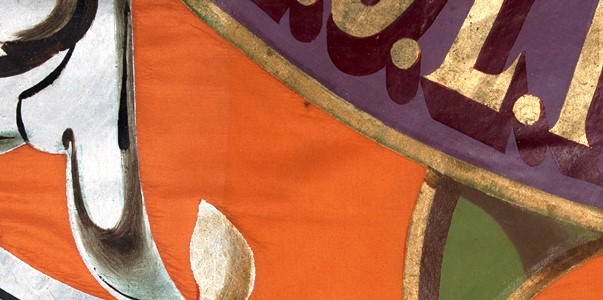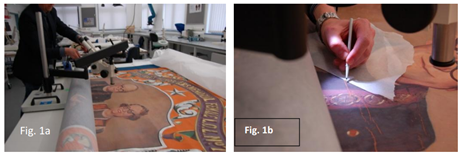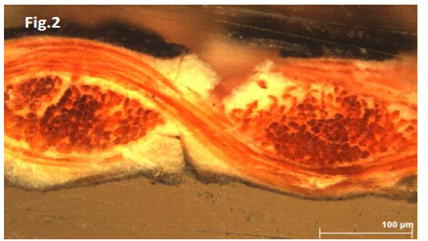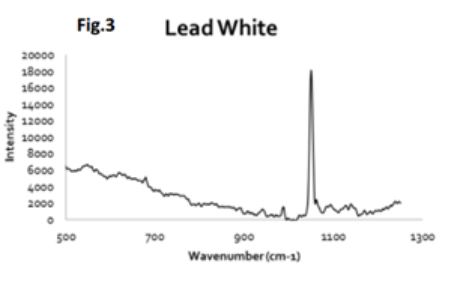Painted Banners

There is little information on how painted textiles have been created so in order to both conserve and understand their construction this project will look at the following questions:
- What materials are used on painted textiles?
- What application methods were used?
- What properties promote or reduce flexibility and the effects of this over time?
- How can the flexible painted surfaces be stabilised?
To find out more about this project see below.
Team
Introduction
Painted textiles form a significant part of many museum collections. These include anything from 19th and 20th century trade union banners to the painted hangings by Charles Rennie Mackintosh. A wide range of pigments, binders, preparatory layers and textiles such as silk, cotton , flax, jute and hemp as well as synthetics are used in their preparation.
Sampling and Analysis
There is little information on how painted textiles have been created so in order to both conserve and understand their construction the following questions have to be answered:
- What materials are used on painted textiles?
- What application methods were used?
- What properties promote or reduce flexibility and the effects of this over time?
- How can the flexible painted surfaces be stabilised?
In this pilot study a commercially produced banner by George Tutill & Co was used as a source of samples (figs.1a-b). Techniques were developed to sample both full cross sections and layers from the textile. The paint layer is extremely thin and this posed a serious challenge in the sampling.To help us understand the making process we created replicas based on an 1862 patent from George Tutill for an India rubber treatment. These reconstructions were analysed stage-by-stage alongside our study of the samples.

Techniques were developed to sample both full cross sections and layers from the textile. The paint layer is extremely thin and this posed a serious challenge in the sampling. To help us understand the making process we created replicas based on an 1862 patent from George Tutill for an India rubber treatment. These reconstructions were analysed stage-by-stage alongside our study of the samples.
Analysis so far
The microscopy showed the presence of a ground layer on the silk followed by a very thin painted layer. The ground layer is very much thicker than the top layer and has adsorbed onto the silk fibres (fig.2). Raman, FTIR-ATR and SEM/EDX were used to determine elements qualitatively and quantitatively. The ground layer has been identified as Lead white (fig.3) and linseed oil. While an 1883 patent by George Tutill & Co states that a latex layer is used we found no evidence of it in this particular banner.


Examination with SEM/EDX determined the metallic paint used to be aluminium based (fig.4).

Future Work
Future Work will aim to understand the condition and interactions of the materials by carrying out more detailed analysis. A further technique we want to explore is Secondary Ion Mass Spectrometry (SIMS) as it is the most sensitive of all the commonly-employed surface analytical techniques (down to 1ppm).
In this work we have collaborated with: Dr Lore Troalen, National Museums Scotland labs; Prof Anne Neville and Dr Chun Wang, School of Mechanical Engineering, University of Leeds; Mr Andy Monaghan, School of Chemistry, University of Glasgow.

